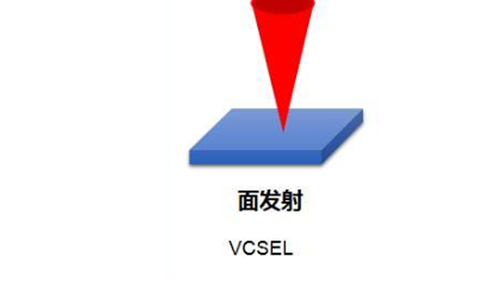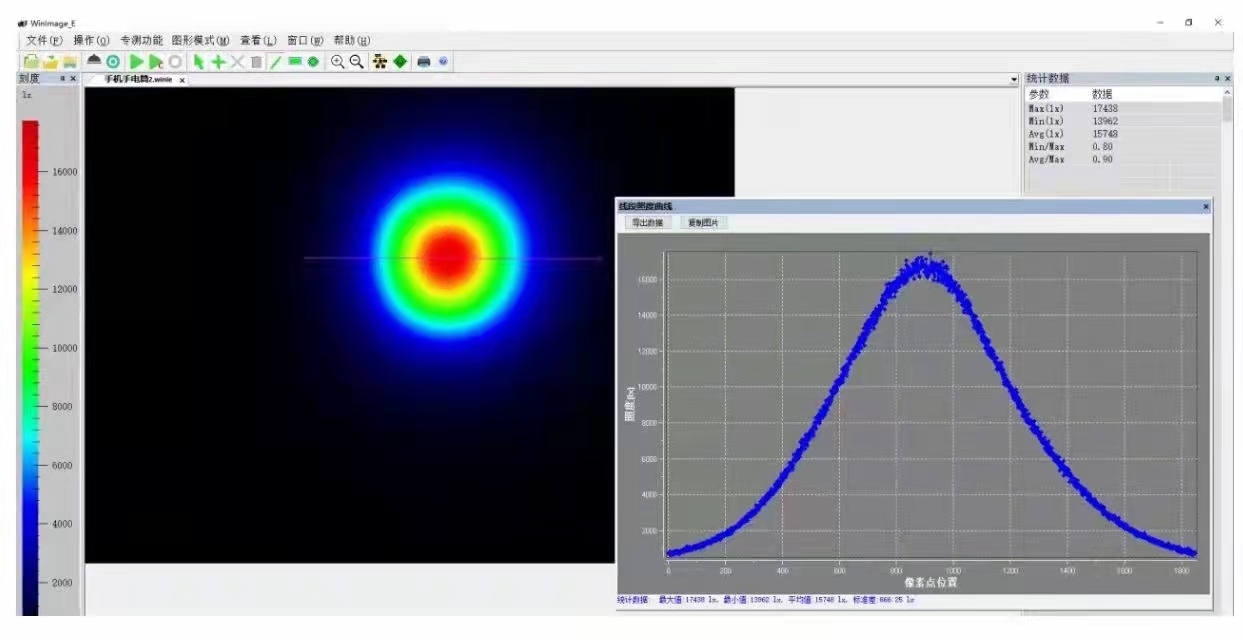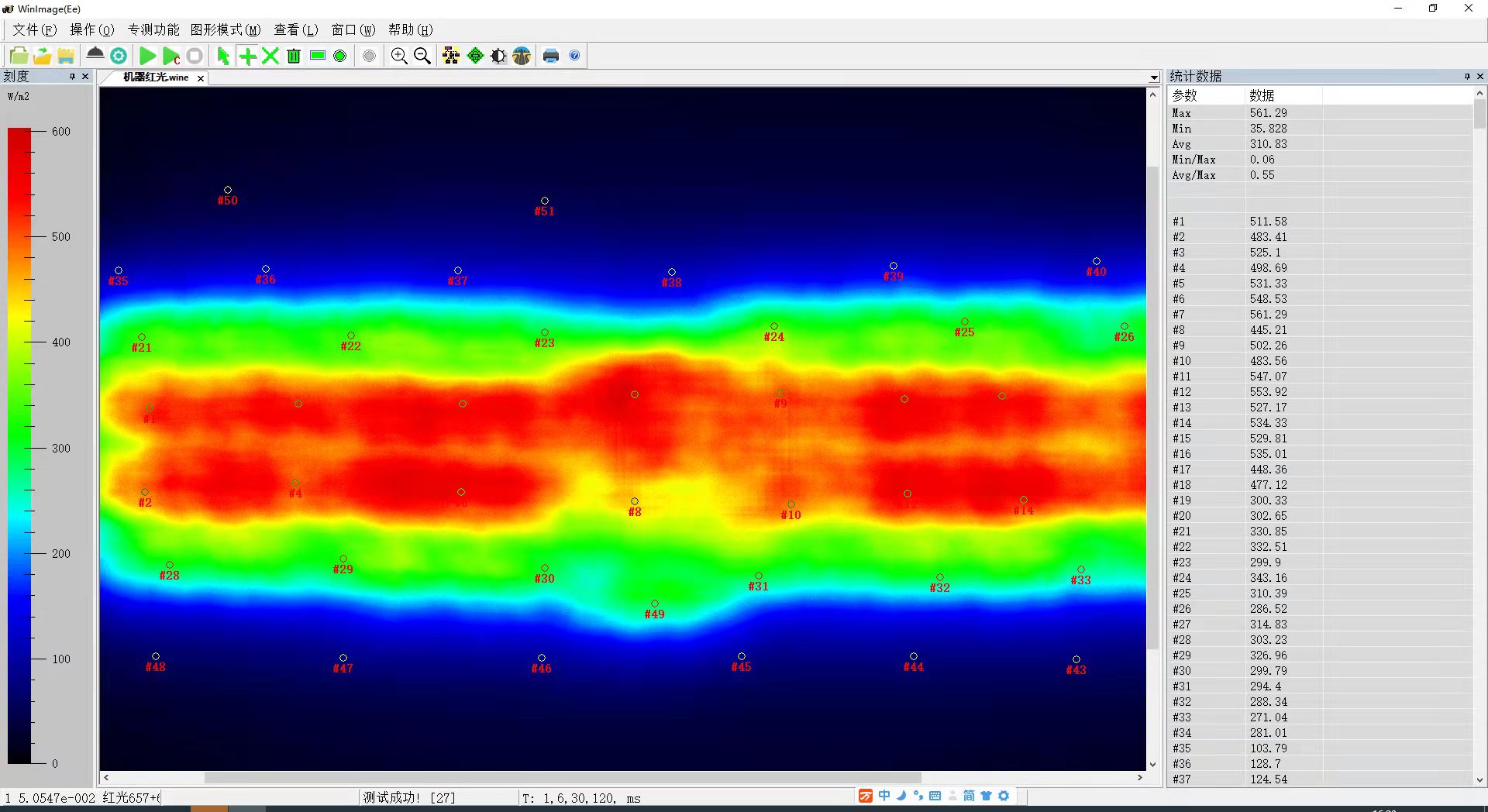HOPOOCOLOR’s near-infrared (NIR) measurement solutions help ensure the accuracy of NIR emitters used for facial & gesture recognition and other 3D sensing applications. NIR light covers wavelengths of the electromagnetic spectrum from approximately 750 to 2500 nanometers (nm), which is beyond human visual perception. NIR-based sensing provides machines with information about objects in the physical environment. When NIR light is emitted and reflected off of an object, an NIR sensor receives the reflected light or light pattern to gauge the distance, size, location, and identifying features of objects in the three-dimensional world.
NIR light is ideal for 3D sensing applications because it is invisible to the human eye, making it unnoticeable when cast into a user’s face, eyes, or environment. Proper filtering can remove the visible light spectrum for NIR sensing devices, increasing reliability for sensing in ambient light conditions or poor visibility conditions like rain or fog. However, because the human eye does not respond to NIR light, it is important to measure the emissions from NIR LEDs and lasers that will be used for 3D sensing of humans and their environments.
The HOPOOCOLOR Imaging Radiometer can greatly simplify the measurement process of near-infrared light sources by collecting the complete angular irradiance distribution data of the light source in a single image for analysis.
“Flood” Source Analysis
Object sensing may rely on a strong flash of NIR light (sometimes referred to as “flood” distribution) used to detect the presence the object and determine distance, even in darkness. These functions are commonly used in facial recognition to determine the distance of a face, which allows the device to accurately calculate facial curvature based on deformations of received NIR light reflections.
The HOPOOCOLOR Imaging Radiometer can measure and analyze the average power irradiance distribution of the laser emitting surface according to customer needs.
Structured Light Lattice Pattern Analysis
Treatment Panel or Treatment Mask Analysis
Each point in the structured light pattern must be accurately located and the radiant intensity measured at the specified location.
Regardless of the structured light pattern or the position, shape or size of the light spot, the radiometric solution of iris can automatically identify the point of interest for each light point, and output the irradiance data, maximum intensity, minimum intensity, uniformity and other data of each light point.






